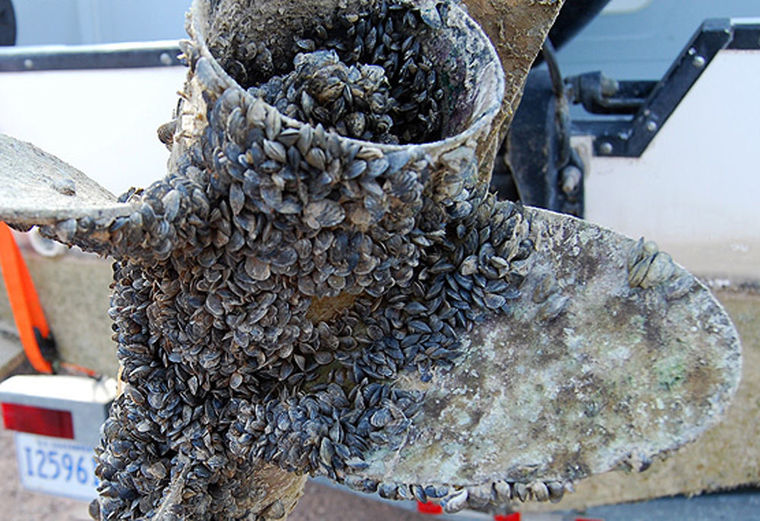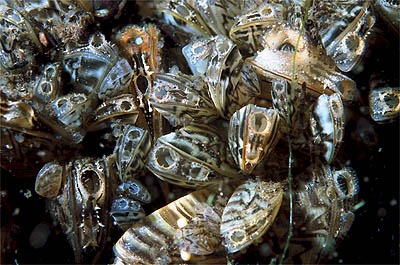
Late last Fall, waters in the Tiber and Canyon Ferry reservoirs tested positive for invasive mussel larvae. Montana officials reacted quickly, closing boating access at both locations and initiating the removal of underwater structures for inspection. Later, the Milk River near Malta and the Missouri River near York’s Islands Fishing Access Site south of Townsend also showed evidence of possible infestation by zebra and quagga mussels, triggering further responses to the threat.
Glacier National Park immediately closed all its waters to boating,. A close reading of their press release indicates public boating access may well be restricted throughout the 2017 season.
Leaders of the Confederated Salish and Kootenai tribes declared an emergency and called for the formation of an incident management team to deal with the issue as it applies to Flathead Lake.

The Flathead Basin Commission, the River to Lake Initiative, U.S. Fish and Wildlife and a number of other other organizations and federal agencies have all expressed alarm and called for further action.
Why all the uproar? Because invasive mussels cause huge damage to waterways, equipment and fish populations. Once established, they are impossible to remove completely. Mussels are filter feeders, gobbling up the plankton that form the base of the food chain for native fish. Mussels have been known to reduce available plankton by 70 to 80 percent in some waters.
First detected in the Great Lakes less than 30 years ago, mussels now have a foothold in 29 states. In most cases, they were spread by hitching rides on poorly cleaned private watercraft. So, any positive detection anywhere in the state is a big deal.
Further reading: The Flathead Beacon has an excellent article on invasive mussels (kudos to Dillon Tabish for putting it together). The distribution map at the bottom is pretty scary, by the way.